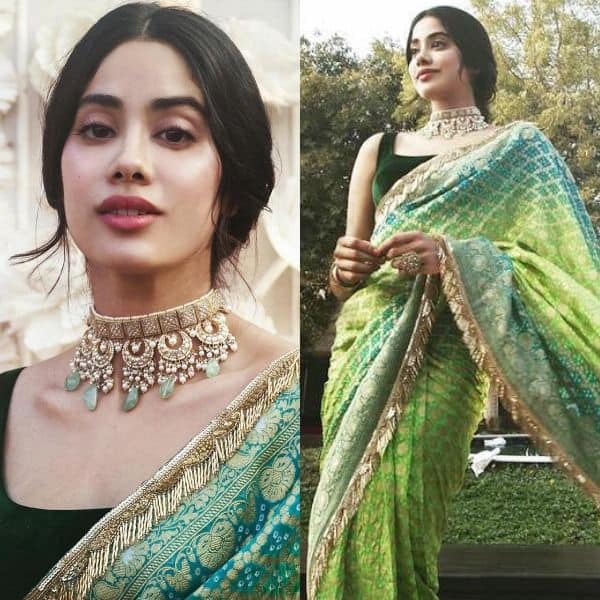The ancient and traditional Tie & Dye technique which was practiced in the Indian states of Rajasthan and Gujarat came to be known as Bandhani. This method of dyeing clothes began around 5000 years ago and has been passed on over generations as a form of art. The word Bandhani came from the word ‘Bandhan’ which means tying up. Bandhani is also known as Bandhni, Bandhej, Piliya and Chungudi(Tamil).

History of the tie&dye technique
The evolution of this textile decorating art can be dated back to the time of Indus Valley Civilization. The most prevalent type of Bandhani dots can be seen on the wall paintings of the caves at Ajanta which depict the life of Buddha. This art has been recognized and has been mentioned in Alexander the Great time texts about the beautiful printed cottons of India. Tie and dye fabrics were seen as a luxury and were considered the most ideal for adorning and gifting by the nobility during the earlier centuries in India.
During the 7th Century, the sanskrit prose and poetry writer Banabhatta wrote a biography of the Indian emperor Harsha, which was named as Harshacharita. In his writings he had mentioned how Bandhani textiles were given as a luxurious dowry gift at the time of the emperor’s sister’s wedding ceremony.
Community
Bandhani work was initially started in India by the Khatri community of the Kutch. Places like Jaipur, Udaipur, Bikaner, Bhilwara in the state of Rajasthan and Jamnagar in Gujarat practice this textile art extensively. A form of Bandhani can also be traced to Tamil Nadu where it is popularly known as sungudi. Kutch creates the finest Bandhej fabrics. Mandevi and Bhuj are the predominant centers.
Method
In simple terms, the fabric is finely tied with threads and dyed in stages and different colors which forms the motifs and patterns. The desired designs to produced on the fabric are either block printed on the fabric or a plastic sheet with pin-holed pattern of the design is used as a stencil to transfer the design on the cloth. The outline of the design are pulled up by pinching with the nail and tied tightly into a knot called bindhi. These knots form the dye resist area of the fabric. The meticulous tying part is usually done by women artisans. The cloth is tied into knots of various sizes depending upon the design to be produced. After all the knots have been tied, the fabric is washed to remove any imprints. It is then dipped into a chemical called naphthol for a few minutes and then in a lighter shade dye. The fabric is then rinsed and excess liquid is squeezed out. The fabric is then dried and tied and dipped in a darker colour dye. The cloth is then left alone for a couple of hours allowing the colours to soak in well while leaving the knotted areas to remain undyed. After this process is completed the fabric is finally washed and dried. The knots are then removed to reveal the beautiful designs.

Materials used
The most commonly used fabrics for Bandhani prints are cotton, silk, silk cotton, georgette and chiffon. Bandhani can be commonly seen on sarees, salwars, lehengas, dupattas turbans and odhnis.

Dyes
In the olden days natural dyes extracted from roots, flowers, berries and barks were used to dye the fabrics whereas nowadays synthetic dyes are more common and easily available in the market.
Popularity
The popularity of Bandhej fabrics is not jus limited within India but also spread worldwide. The demand usually soars during the wedding and festival seasons. Bandhani prints are further beautified with mirror and gota embellishments which makes it more luxurious.
Celebrities in Bandhani
This timelessly beautiful art has been flaunted by many young celebrities of Bollywood like Alia Bhatt and Jhanvi Kapoor in recent times. Take your style a notch higher with these evergreen Bandhani sarees.

References:
https://en.wikipedia.org/wiki/Bandhani
https://www.encyclopedia.com/international/encyclopedias-almanacs-transcripts-and-maps/bandhani
